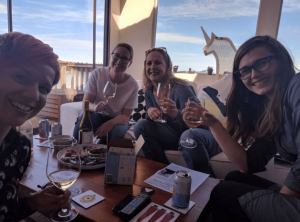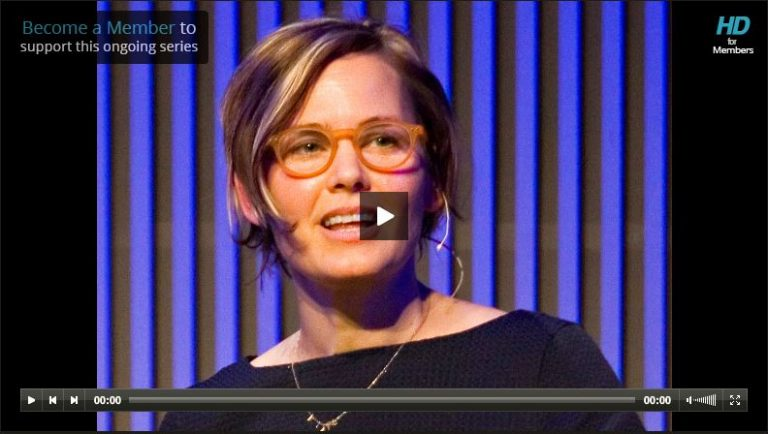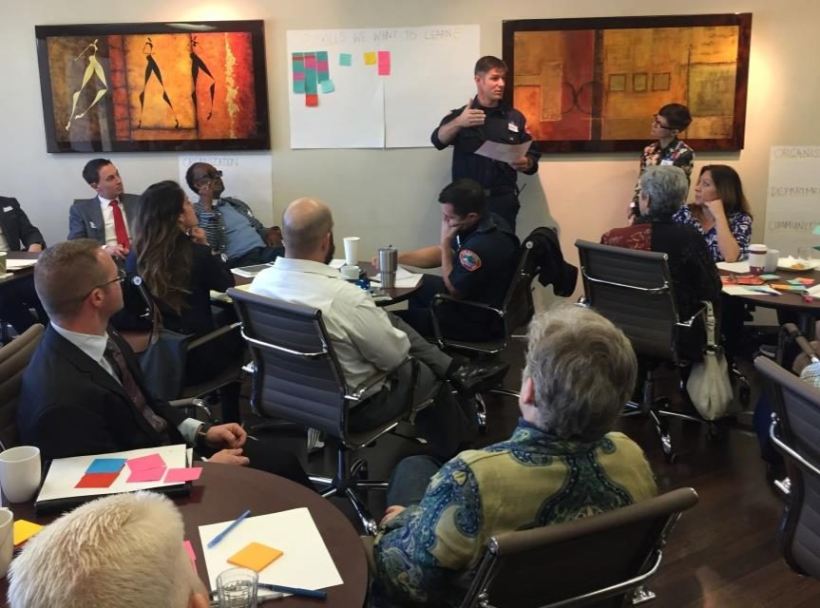
By Rebecca Woodbury, City of San Rafael & Judi Brown, CivicMakers
The City of San Rafael, like many city governments, faces growing challenges related to public trust, community satisfaction, and employee morale. With a structural budget deficit paired with increased demand for modernized services by residents, the status quo and “business as usual” is no longer a sustainable option.
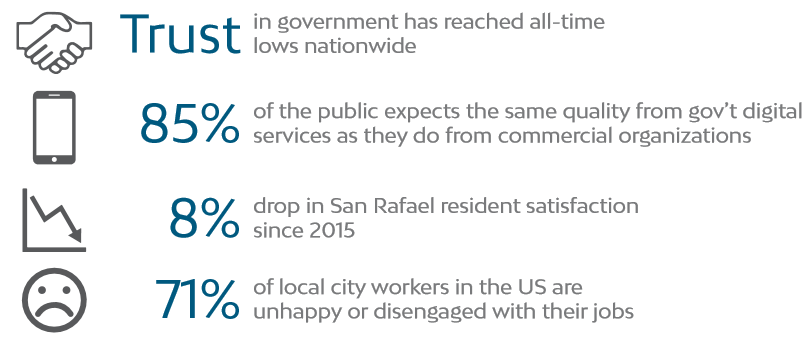
(Sources: Pew, 2017; Accenture, 2016; Godbe, 2017; Gallup, 2016)
Faced with these challenges, the City of San Rafael has joined forces with the innovation and engagement firm CivicMakers to set a course for change. Our goals are to work together with staff and the community to seek out creative ways to modernize services, meet community expectations, improve employee morale, and co-create a more modern and responsive organization.
Sometimes innovation involves new technology; other times it does not. Either way, change is often hard for people, especially when their jobs have been the same or similar for many years.
For this reason, we’re taking a employee-led, human-centered approach to this transformation. First and foremost, we’re focused on cultivating an organizational culture that values cross-departmental, bottom-up, collaborative problem-solving. To do this, we’ve engaged an advisory committee representing a broad cross-section of people from various levels and departments across the City government to co-create the program.

The Catalyst
Every transformative change starts with a spark. The spark for Together San Rafael grew out of the 2016 Code for America Summit. We walked away feeling motivated to bring our learnings and energy back to the office. One of the most valuable takeaways from convenings like the Code for America Summit are the connections to be made with fellow civic innovators. In fact, this is where a handful of City staff met CivicMakers, a firm specializing in the application of human-centered design in the public sector. We collected our thoughts and presented them to the City Manager.
San Rafael’s City Manager, Jim Schutz, was equally excited when we told him what we wanted to start working on and he told us this effort was as important to him as anything else our organization was doing. A few days later Jim dubbed the (at that time) very nebulous initiative ‘Together San Rafael’ and we starting drafting a set of guiding principles, which are now being further fleshed out by the Advisory Committee.
CivicMakers and the City’s team began to develop a project plan bringing together efforts around improving both the customer experience and employee engagement. The following design elements began to take shape:
- Employee driven & bottom-up
- A culture of measurable risk-taking
- Break down silos
- Embrace human-centered design, co-creation and iteration
Our first task? Make the concept of innovative, collaborative, and bottom-up government tangible and relatable to librarians and firefighters alike. We started by sharing the concept with our department directors, after asking them to first watch Jennifer Pahlka’s talk “Fixing Government: Bottom Up and Outside In” and then held meetings where we shared the Together San Rafael concept.
At the meeting, we all reflected on Pahlka’s talk. Although perspectives varied, just about everyone in the room could relate in some way to her overall message:
“We need to be understanding the lived experience of more Americans at scale. We need to change our institutions to meet the needs of those people, not the other way around. And we need a coalition of the bottom up outside in to build the country we need.” (Pahlka, Bottom Up Outside In)
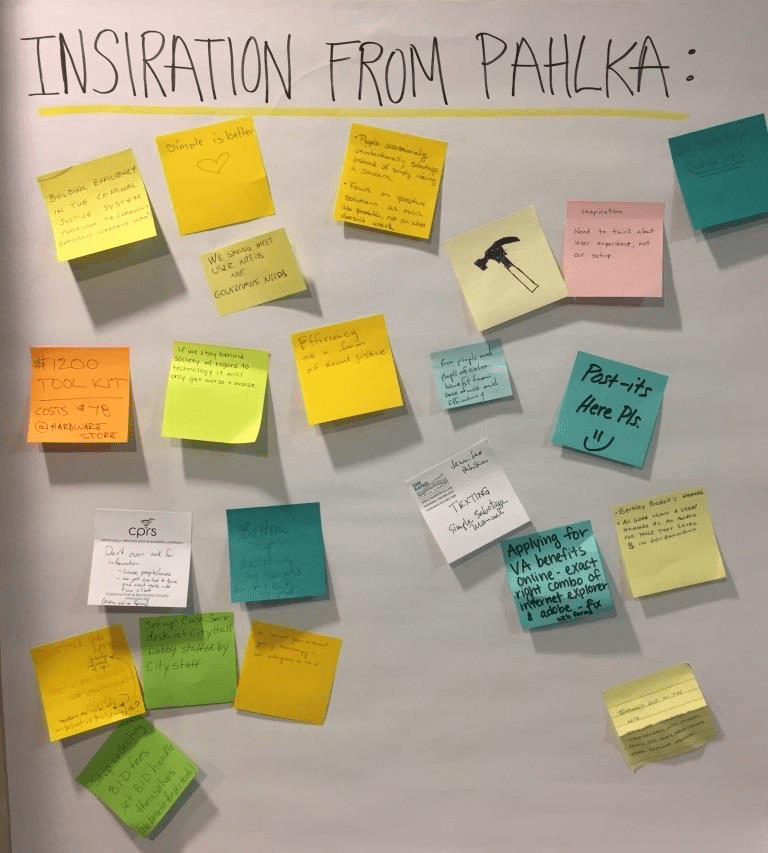
Next, we formed an Advisory Committee made up of employees from all departments and all levels of the organization. We held a workshop to introduce the initiative and started to co-create a pilot “innovation academy” (which we’re now tentatively calling “Learning Labs”). We also formed smaller working groups to:
- Further develop the guiding principles and make a video about why this initiative is important
- Find an internal communication tool, other than email, for the group to collaborate, share information, and have discussions
- Further refine the details of the innovation ‘Learning Lab’ pilot
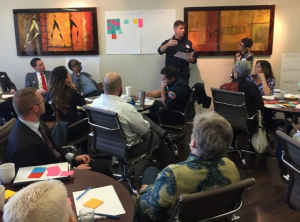
Following the workshop, we asked the participants:
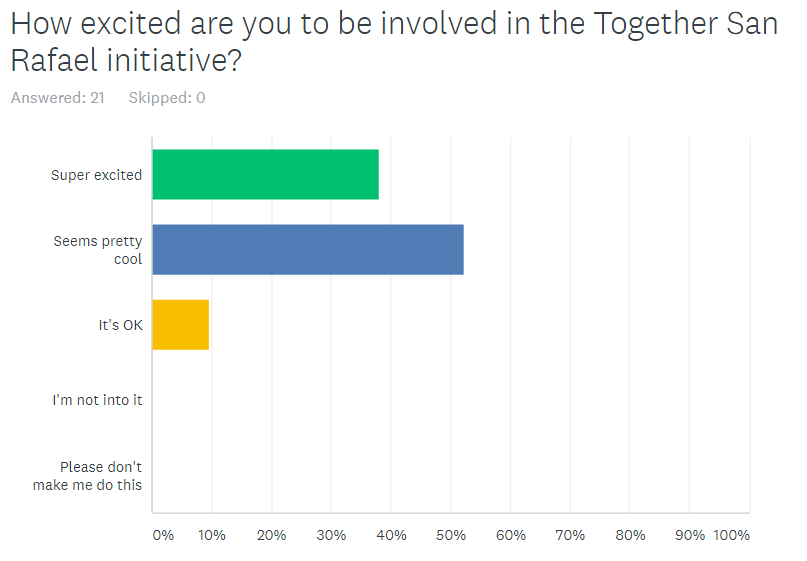
Our Takeaways So Far
We’ve really only begun, but our takeaways so far include:
- Let go and give ownership and autonomy to employees at all levels of the organization. It was hard to let go of the Guiding Principles process. Our natural instinct was to develop them ourselves as the project team. However, the employee-driven team has created an amazing set of principles now and are working on a poster with the phrase at the bottom: “Made by City employees, for City employees.” Another example – we intended the “Why are we doing this” video to include some of the statistics we shared at the start of this post as a sort of call to action. Instead, we don’t know much about what they are up to; but it sounds like they are making something about how frustrating it can be for a member of the public to get transferred to multiple departments. We heard A LOT of giggling during filming, so we’ll all have to stay tuned on that one…
- Pay attention to the words you’re using. Some employees are comfortable with words like “human-centered design” and “iterative.” Others aren’t and that’s OK. Work with employees to find ways to communicate important concepts in the language that works for them.
- Provide multiple ways for people to give feedback, listen and be open to changing the way you are doing things. Many employees haven’t been asked for their input or ideas in this way before. We’re using anonymous surveys and small working groups of employees to get feedback and co-create this initiative every step of the way. We share results and let people know how we are changing things based on their feedback.
- Take your time, but don’t stall out. Culture change is a process. It’s such important work and if you don’t do it right, you can lose credibility quickly. It’s important to find the balance between those who want to move quickly and those who need time to acclimate. Also, the devil is in the logistics. It can be hard to get everyone together in a way that works for the diverse schedules of public safety, child care workers, librarians, and building inspectors. Use meeting summaries, one-on-ones, and other communications to keep people in the loop who may not always be able to attend in-person.
- Be humble. Many employees expect people in the City Manager’s office to “have it all figured out,” especially when consultants are involved. Recently, I expressed to a colleague in another department about how daunting this initiative was, how much pressure I was feeling, and that I’d never done anything like this before. Later that day, I found he had snuck a little message on my notepad “Don’t stress out. We’re in this together.” Then I realized, we’re calling it Together San Rafael for a reason.
Stay tuned. In future Morning Buzzes, Judi and I will share more about the Innovation Learning Labs we’re developing, you’ll learn more about the process we went through to create the Guiding Principles, and much more on everything we’re learning, together, along the way. ‘Til then…
